Leto, the goddess of motherhood, was one of the most celebrated and honored goddesses in ancient Greece. Like all other female Greek deities, she, too, was blessed with some special abstracts of memory, natural forces, and justice.
She also possessed normal characteristics as humans and married, had children, fought, exchanged insults, and vengeance.
Numerous temples were built to worship her, and mostly the women willing to bear a child or already bore a child would worship her for her association.
Like all the deities of the ancient era, Leto has numerous interesting facts associated with her. This article will list out the most interesting and shadowed facts about the Greek Goddess Leto.
Did Leto ever return to Mount Olympus?
Content
Yes, she did return to Mount Olympus. Leto didn’t have a single place to hide during her delivery due to the curse of Hera. But when her children grew up, they restored their mother’s status at Olympus. Then, in Zeus’s favor, she returned there despite Hera’s disapproval.
Was Hera punished for what she had done to Leto?
Neither Leto nor her children killed Hera. Hera was the queen of Mount Olympus and powerful enough, and nobody could harm her. But once, Zeus punished her when she rebelled against him. He chained her and hanged her in the sky.
What was Leto best known for?
She was known for being the mother of Artemis and Apollo. Besides, Greek people worshipped her as the goddess of motherhood, modesty, and protectress of the young.
What were Leto’s powers?
Leto’s main power was being a Titan and being the Goddess of Motherhood. She also had the gift of her prayers being answered to the Olympians. Besides, she had the power to turn the mortals into animals.
What made Leto beg for Apollo when Zeus was about to punish him?
Apollo had killed Cyclopes, who were the special weapon of Zeus, Thunderbolt. This enraged Zeus, and he was about to throw Apollo into Tartarus. So, Leto had to request Zeus to reduce his punishment.
10. Leto was a Greek Goddess of motherhood and modesty

Leto was the daughter of Coeus and Phoebe, the first generation of Titans. She lived most of her life in Delos as a Titan, and her cult was widespread all over Greece and Asia Minor for being the mother of two main Olympians; Artemis and Apollo.
She was associated with the Goddess of childbirth, motherhood, and the protectress of the young.
The association of the protectress of the young was derived after she gave birth to her twins and began loving, caring, and nourishing them with a full heart.
Apart from this, Leto was also associated with the most modest goddess in Greek. She would help anyone and everyone in need, especially regarding motherhood and child care.
9. Leto was impregnated by Zeus

The event of Zeus impregnating Leto is another interesting fact of Leto’s life. Zeus was in love with Leto’s beauty and was charmed by her way of living.
He was married to his sister, Hera, but was more attracted to Leto. He wanted to have at least a physical relation with her. He convinced and seduced Leto fulfilling his wish, however, Leto gets impregnated after that.
Hera, on knowing about their affair, gets enraged. She cursed Leto, making it impossible for her to give birth to her twins. Leto would not find a single solid ground and island on land or water to give birth to her children.
The entire earth was covered with clouds to prevent Leto from giving birth in peace. However, Leto managed and gave birth to Apollo and Artemis when Zeus emerged an entire island for her.
8. Leto gave birth to her children on a barren and floated island
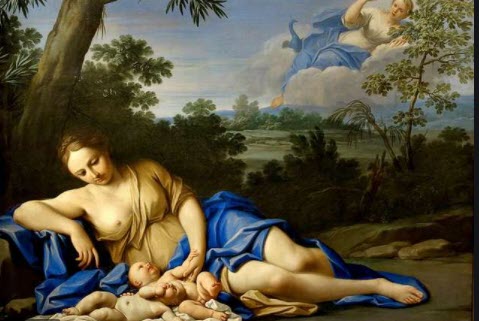
When Zeus found Leto chased by Python, he sent Boreas, the North Wind, to blow her out to sea.
Leto neither could stand on land nor hide in water because of Hera’s curse. So, Zeus had prepared a floating island of Delos for her.
When she arrived on the island, she begged the place to give her sanctuary. Delos was full of rocks, and it looked desolate and barren.
She promised that she would turn the barren island into a beautiful place if the island helped her.
When she touched the island, it landed on the bottom of the sea, stopped floating, and was covered in lush green forests.
Leto had a safe place to stay and give birth to her children. First, she gave birth to Artemis. However, she struggled for nine days and nights for the second delivery.
Eileithyia found out Leto was suffering in labor and helped her during her delivery, and she gave birth to her second child, Apollo.
7. Leto’s sacred symbols were veil, dates, palm tree, rooster, wolf, griffin, and weasel
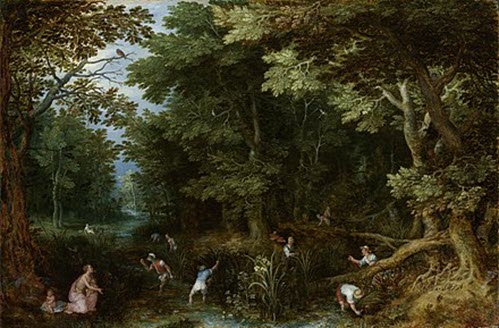
Leto was associated with numerous sacred symbols as she had come across various things during her lifetime. She was attached to almost everything that she would encounter.
The Greeks began worshipping her along with all the symbols associated with her. For instance, birds, plants, and animals, including roosters, wolves, and weasels, were worshiped as they helped Leto during her pregnancy to show ways into the deep forest.
The veil was also worshipped as she would always be covering herself with it. It also showed her womanhood, modesty, and motherly nature.
The dates and palm trees were also associated with her as she had relied on them during her hard times. Also, they represented prosperity, triumph, peace, fertility, and unification.
6. Niobe turned into a marble due to Leto
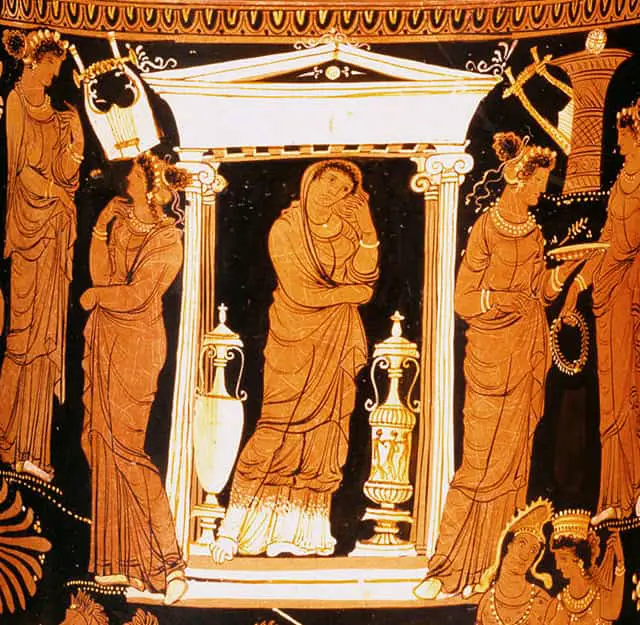
According to the myth of Niobe, Leto and Niobe fought and had a sour relationship due to the number of children they both bore.
Niobe had a dominating character as she had more children than Leto’s. She would tease, insult, and dominate Leto for having only two children, while she had fourteen children – seven sons and seven daughters.
Leto, in rage, asked her children – Apollo and Artemis to slaughter Niobe’s children as an act of revenge. They agreed and slaughtered Niobe’s fourteen children, daughters by Artemis and sons by Apollo.
Amphion, Niobe’s husband, committed suicide, overwhelmed by the grief of losing all his children. Niobe, on the other hand, turned to marble and kept on weeping since then.
5. Leto’s care turned her children into skilled personalities
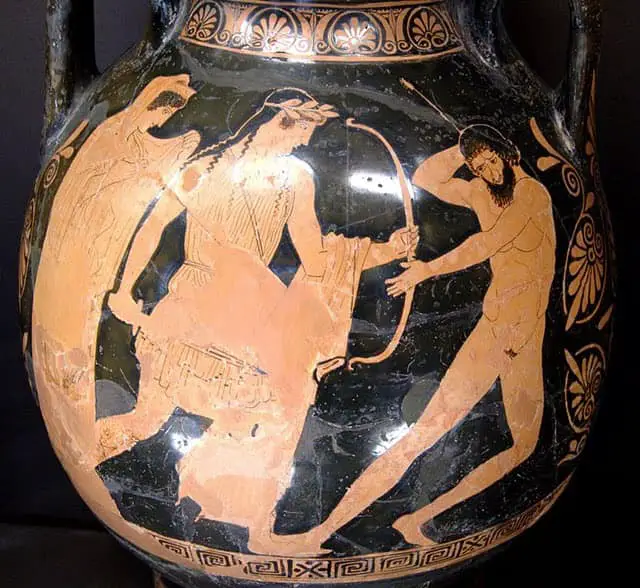
Apollo and Artemis had a tough childhood, but Leto made it easy with her care, nourishment, and kindness. They respected their mother and helped her in every way possible.
They would take revenge against those who had troubled their mother as they had grown into skilled personalities.
Another interesting event was when a monstrous Python tried to attack Leto and was killed by Apollo. Apollo was only three days old but had the courage and rage to fight against anyone hurting his mother.
However, the most famous one is when Tityos, the giant, tried to abduct and rape Leto while she was traveling to Delphi. The twins found out about the incident, and they killed Tityos brutally.
4. Leto is depicted as a woman lifting her veil in Greek art

Leto is depicted as a motherly figure in all of her depictions, from statues to paintings. She is shown wearing and sometimes lifting a veil in almost all of her depictions.
The most common depiction of her is where she is portrayed holding both her children on her lap. She sometimes is depicted having her children placed on both sides.
However, she is never depicted without her children – Apollo and Artemis. Her depiction shows that she was a caring, kind, and loving mother for her children.
3. Letoon of Xanthos was the famous sanctuary of Leto
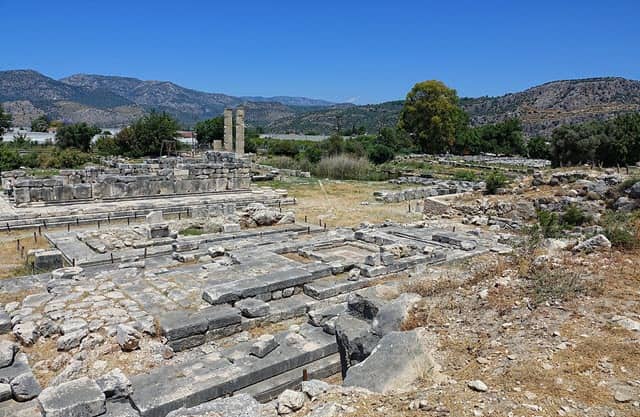
Leto was worshipped widely in Ancient Greece in several temples dedicated to her. People had love and respect for her due to her kindness. They also worshipped Leto as a guardian of mothers, children, and families.
Her cult was mostly located on the southern shore of Anatolia, however, her worship was intense in Lycia, the home of the Goddess.
Leto’s sanctuary was located a few kilometers south of Letoon, Xanthos, Lycia. There, people worshipped her and her twins as domestic and national goddesses and the guardian of tombs.
She was highly celebrated and worshipped in Egypt as the cobra-headed Goddess.
2. Leto had a vital role in the Trojan War
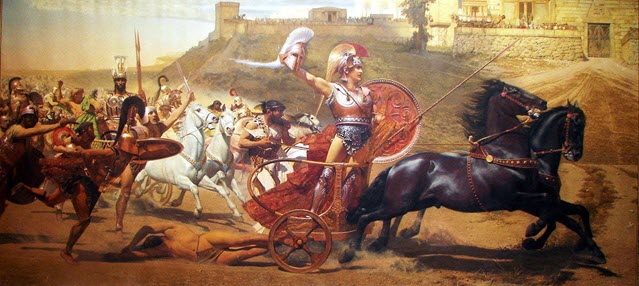
Leto had also participated in the ten-year-long Trojan War along with her children, Apollo and Artemis. She was fighting on the side of Troy as she belonged to Lycia, and the city was allied with Troy.
Leto opposed Hermes, the messenger god, who stood out for the Achaeans on the battlefield. She proved herself courageous by fighting fearlessly, leading Hermes to leave the battle out of fear.
She played a vital role during the war, as a warrior and also as a savior. She healed the war wounds of Aeneas, the Trajan hero, and Artemis.
1. Leto had turned the Lycian peasants into frogs
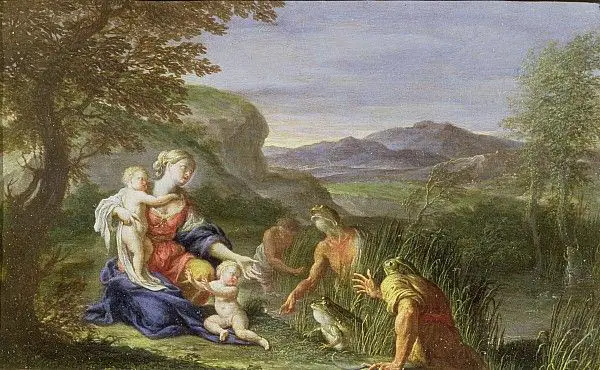
Leto came back to Lycia after the birth of Apollo and wanted to bathe in the spring of Lycia and cleanse herself. She also wanted to take a sip of freshwater from the spring and cleanse her body from within.
However, she could not fulfill her wish as some Lycian peasants came there and began stirring the water with sticks. They wanted to drive the Goddess away by making the water muddy or dirty. They also brought their cattle to the spring to let them drink water.
Leto was furious at the peasants and wanted to take revenge, so she transformed them into frogs.
Conclusion
Greek Mythology is full of interesting details one after another, especially the myths of the Goddess. They had to play their domestic role alongside and to be an icon for the world.
I feel much joy reading the part when Leto finds the floating island of Delos and turns it into a heavenly place. What fact do you think is more interesting in the piece? Your words are welcomed in the comment section.
